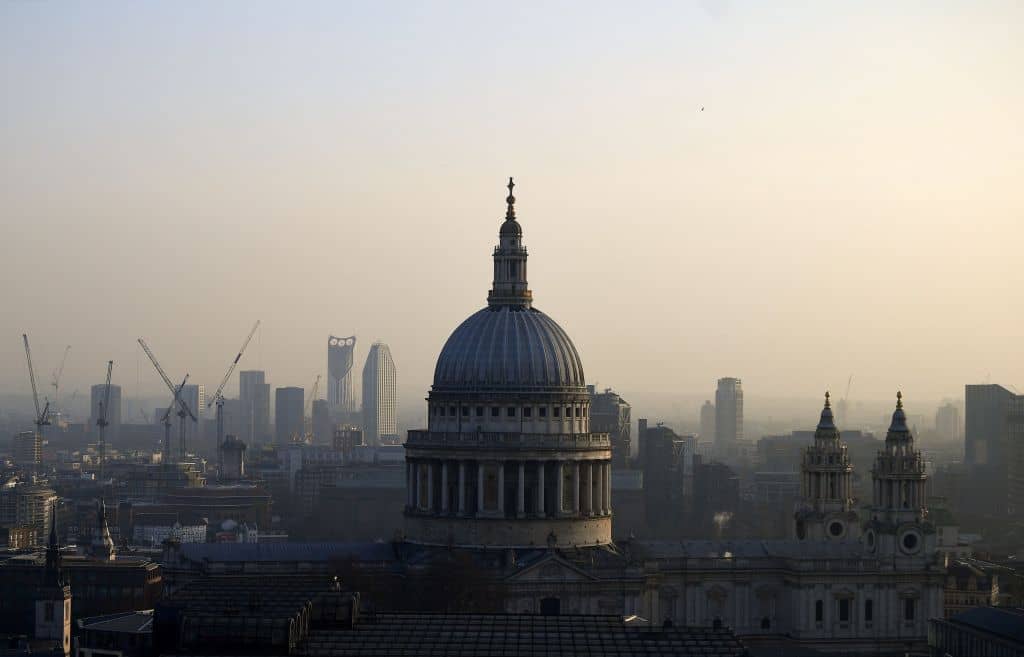The Church of England is rightly sensitive to the evils of slavery and racism. It has announced energetic measures to combat racism within its membership and to remove flagrant commemorations of slave owners in its churches. Following the Black Lives Matter protests, Archbishop Justin Welby remarked that: ‘Some (statues and monuments) will have to come down’. It is a policy he continues to advocate. The anti-racism taskforce set up by the Archbishops of Canterbury and York has commented that: ‘We do not want to unconditionally celebrate or commemorate people who contributed to or benefited from the tragedy that was the slave trade.’ But does it always practise what it preaches?
The Church’s 12,500 parishes and 42 cathedrals have been urged to scrutinise their buildings and churchyards for tainted memorials, which ought to be removed, relocated or altered. Ignoring them, parishioners have been told, is not acceptable. Becky Clark, the director of churches and cathedrals, who is responsible for the oversight of buildings, has spoken of ‘the responsibility to ensure they include, welcome and provide safe spaces for all.

Get Britain's best politics newsletters
Register to get The Spectator's insight and opinion straight to your inbox. You can then read two free articles each week.
Already a subscriber? Log in







Comments
Join the debate for just £1 a month
Be part of the conversation with other Spectator readers by getting your first three months for £3.
UNLOCK ACCESS Just £1 a monthAlready a subscriber? Log in